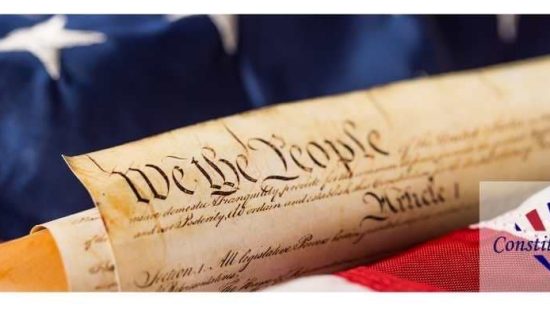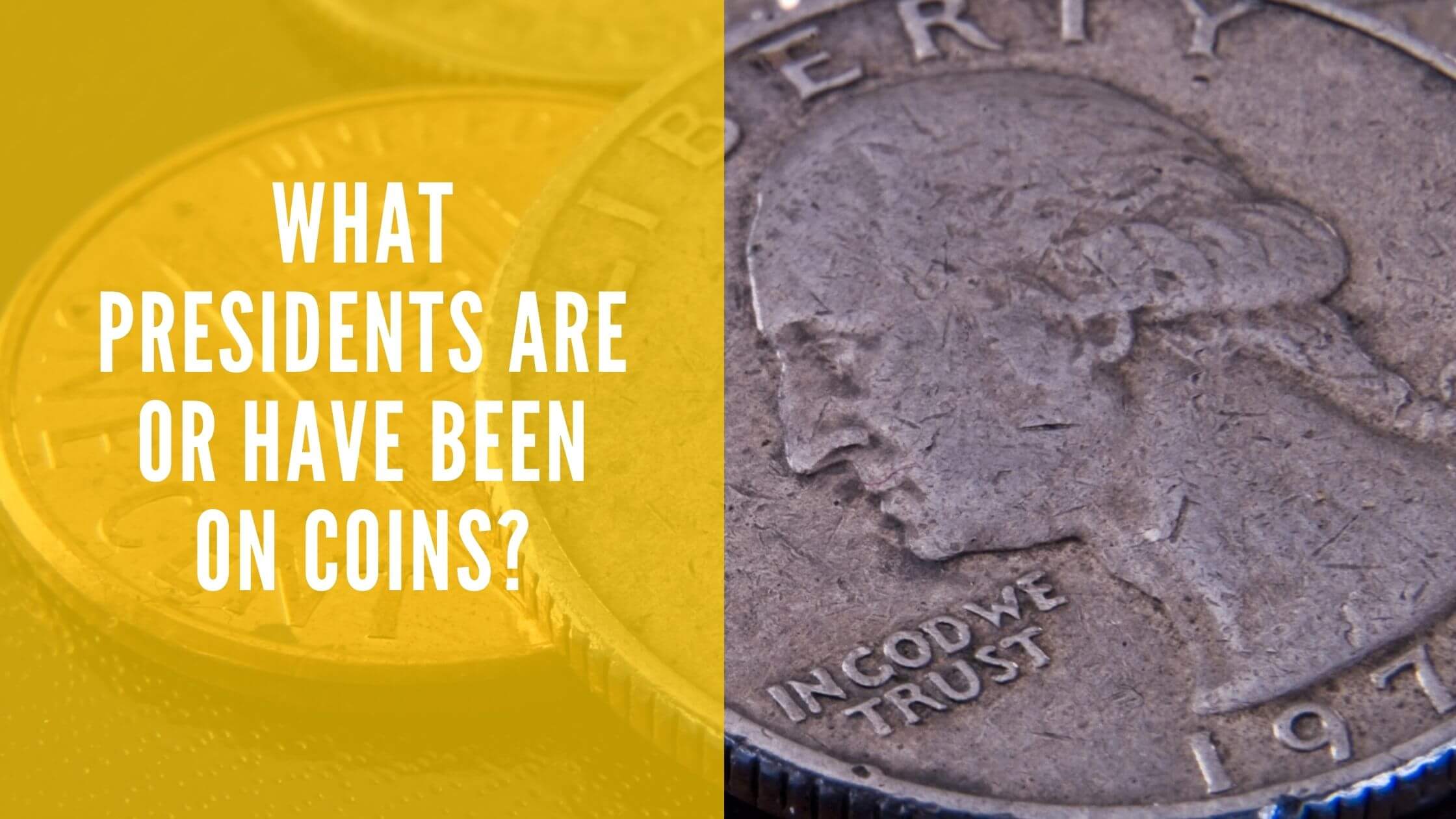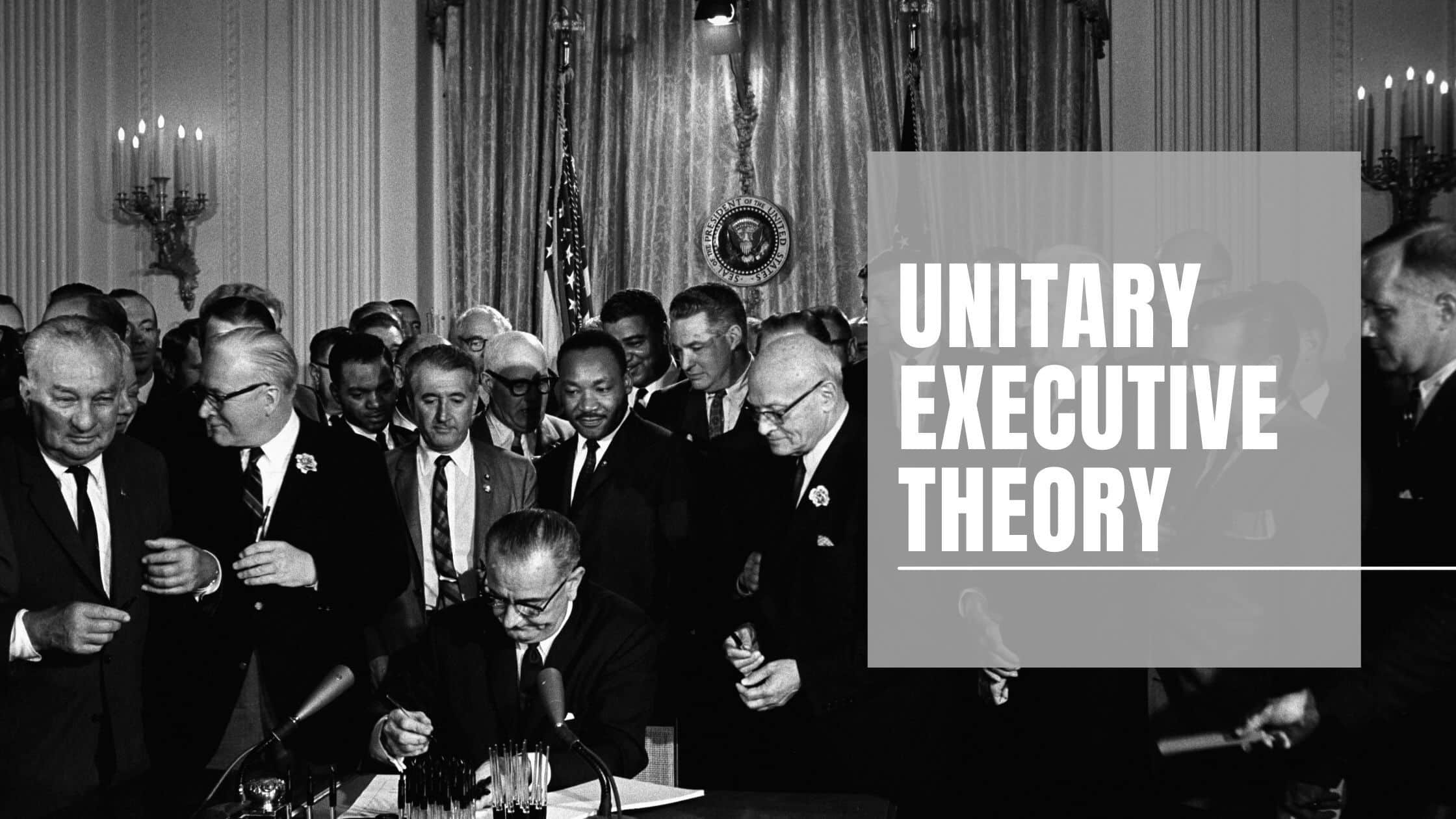Table of Contents
ToggleSources
- https://www.law.cornell.edu/constitution/articleii#section1
This link directs to the official text of Article II, Section 1 of the U.S. Constitution, which outlines the original provisions for presidential succession, making it a foundational and authoritative source. - https://www.senate.gov/about/officers-staff/president-pro-tempore.htm
This Senate.gov page provides detailed information about the President pro tempore of the Senate, including their role in the presidential line of succession, which is directly relevant to the blog post's discussion. - https://www.archives.gov/founding-docs/constitution-transcript
The National Archives provides the official transcript of the U.S. Constitution, including the 25th Amendment, which is crucial for understanding the legal framework of presidential succession and infirmity as discussed in the post. - https://www.whitehouse.gov/about-the-white-house/presidents/
The White House's official page on U.S. Presidents includes historical context and details about presidents who assumed office through succession, supporting the post's examples of vice-presidents becoming president. - https://www.congress.gov/bill/80th-congress/house-bill/3580
This link directs to the text of the Presidential Succession Act of 1947, which is directly referenced in the blog post as a key piece of legislation that shaped the current order of succession.
Key Points
- Presidential succession defines the order in which government leaders assume the presidency if the elected president cannot serve.
- The order of succession starts with the Vice President, followed by the Speaker of the House, President pro tempore of the Senate, and then Cabinet members in the order their departments were created.
- The U.S. Constitution's Article 2, Section 1, Clause 6 initially addressed succession, passing presidential powers to the vice president if the president is unable to serve.
- The presidential line of succession has been used nine times in U.S. history, with eight vice presidents becoming president due to the death of the president and one due to resignation.
- The 25th Amendment further clarifies presidential succession, allowing for temporary transfer of powers to the vice president if the president is incapacitated.
- The order of succession has been modified four times: in 1792, 1886, 1947, and 1967, reflecting evolving political and practical considerations.
- The Presidential Succession Act of 1947 reinserted the Speaker of the House and President pro tempore of the Senate into the line of succession, prioritizing elected officials over Cabinet members.
- A 'designated survivor' is chosen to remain at a secure location during major events to ensure continuity of government in case of a mass-casualty incident.
- The most recent addition to the succession list was the Secretary of Homeland Security in 2006.
Summary
The blog post explains the U.S. presidential line of succession, detailing who assumes the presidency if the elected president cannot serve. The order starts with the Vice President, followed by the Speaker of the House, President pro tempore of the Senate, and cabinet members in the sequence their departments were created. The post also highlights historical instances where the succession was invoked, such as after presidential deaths or resignations, and discusses key legislative acts that shaped the current system, including the 25th Amendment.
Presidents and Vice-Presidents are elected, but if the elected president cannot carry out their elected term, a new president must be appointed.
The sequence in which government leaders would assume the title and position of president, either temporarily (as acting president) or permanently, is referred to as presidential succession.
What is the order of succession for the presidency?
- The Vice President
- Speaker of the House
- President pro tempore of the Senate
- Secretary of State
- Secretary of the Treasury
- Secretary of Defense
- Attorney General
- Secretary of the Interior,
- Secretary of Agriculture
- Secretary of Commerce
- Secretary of Labor
- Secretary of Health and Human Services
- Secretary of Housing and Urban Development
- Secretary of Transportation,
- Secretary of Energy
- Secretary of Education
- Secretary of Veterans Affairs
- Secretary of Homeland Security,
What Is the Presidential Line of Succession?
As early as 1792, America’s founders debated how the list of successors should be decided if a president became incapable of performing his responsibilities. As a result, the presidential succession line defines who becomes president if the one who was elected dies. This topic has been debated several times over the years, and three acts passed refining this succession.
The Constitution and the Line of Succession?
The United States Constitution combined ideas about how the United States should handle the loss of a President.
The constitutional convention drafted the US Constitution’s Article 2, Section 1, in Clause 6 in 1792 to answer the issue,
“What is the presidential line of succession?”
According to the Constitution, if the president is removed or unable to execute the sworn duties and powers of office, the president’s powers are passed to the vice president.
The constitution also says that if both the president and the vice-president are unable to carry out their duties, Congress will decide who will fill these positions until the president regains their ability to serve or until the term of the presidency expires. The official electorate elects a new president.
Has the Line of Succession Ever Been Used?
The succession line is not just some theoretical document. It has been used on nine occasions since the first presidency.
Forty-five people have served as President of the United States since the position was founded in 1789.
Eight presidents have died in office: four were murdered, and four died naturally.
In each of these cases, the vice president took over as president. There has also been one vice-president that became president following a resignation.
List of Vice-Presidents Who Became President Using the Rules of Succession.
John Tyler
John Tyler was the 10th President of the United States. He served from 1841 to 1845 as a member of the Whig Party. He became president after William Henry Harrison died, just 31 days into his presidency.
John Tyler was the first president who had not been elected to the position.
Millard Fillmore
Millard Fillmore was the 13th President of the United States. He served from 1850 to 1853 as a member of the Whig Party. He became president after the death of the current president Zachary Taylor, who died of stomach disease. Following his death, the Whig Party collapsed.
Andrew Johnson
Andrew Johnson served as the 17th President of the United States. He became president following the assassination of President Lincoln. Both Lincoln and Johnson had been elected as members of the National Union Party. He served between 1865 and 1869.
Chester A. Arthur
Chester A Arthur was a lawyer who became the 21st President of the United States between 1881 and 1885. He became president two months after the sitting president, James A. Garfield, was assassinated.
Theodore Roosevelt
Following the assassination of President William McKinley, at first, it appeared that McKinley would recover, but he later died. As a result, Theodore Roosevelt became the 25th President of the United States. He served between 1901 and 1909 as the 26th President of the United States.
Calvin Coolidge
After the death of Warren G. Harding in 1923, Calvin Coolidge, as vice-president, became the 30th President of the United States as a member of the Republican party.
Harry S. Truman
Harry S. Truman served as the 33rd President of the United States between 1945 to 1953. He took the role following the death of Roosevelt. He was a member of the Democratic party.
Lyndon B. Johnson
Lyndon B. Johnson (aka LBJ) was the 36th President of the United States, serving between 1963 to 1969. He became president following the assassination of President John F Kennedy.
Gerald Ford
Gerald R Ford served as the 38th President of the United States between 1974 and 1977. Vice President Ford is the exception among these vice-presidents in that he did not succeed through the death of the president, but because Richard Nixon resigned to avoid impeachment. President Nixon was the first American President to resign.
There have been three other times the vice-president temporarily took over as Acting President of the United States. The most recent was when Kamala Harris did so on 19th November 2021, while President Joe Biden was undergoing medical treatment. Prior occasions were when Dick Cheney took over, and one occasion when George H.W. Bush was needed to take temporary control.
The 25th Amendment
The United States Constitution’s 25th Amendment addresses presidential succession and infirmity.
The 25th Amendment outlines how a vacancy for the vice-president will be resolved. It states that the vice-president takes on the role of president when the president has died, resigned, or is ejected from office.
It also allows for the temporary transfer of the president’s powers and duties to the vice president, either on the president’s initiative or on the vice president’s initiative, with a majority vote of the president’s cabinet. In either instance, the vice-president takes over as president as acting president until the president’s powers and duties are restored.
What Is the Current Order of Succession to the Presidency?
The most recent addition to the list of succession was on March 7th, 2006, when the Secretary of Homeland Security was added to the list.
Has the Order of Succession Ever Been Altered?
There have been four changes to the order of succession since the U.S. was founded. The changes took place in 1792, 1886, 1947, and 1967.
The Early Years
Since 1841, when Vice President John Tyler accepted the oath to make him president following the death of the elected president, the vice president has been second in the presidential line of succession. It was also established that if a vice president became disabled or otherwise unable to serve, the president would designate a successor for Senate approval.
If George Washington had died while in office, Vice President John Adams would have taken over as Acting President. If John Adams were disabled, Washington could appoint someone to succeed him and have that person approved by Congress. There was no arrangement for succession if the President and his deputy could not perform their duties concurrently.
Presidential Succession Act of 1792
Before 1792, when the Succession Act was adopted, the 1789 constitution only granted Congress the authority to enact legislation determining who would replace the president if both the president and vice president were unable to serve. The question of succession surfaced quickly after the Constitution was ratified, causing a strategy to simultaneously meet the potential requirement to occupy both posts.
The Act of 1792, once approved, established this line of succession:
- Vice President
- President Pro Tempore of the Senate
- Speaker of the House of Representatives
Who is the President Pro Tempore of the Senate?
The Senate body chooses this official every two years and is often, but not technically, granted to the Senate’s majority party’s senior-most member.
Who is the Speaker of the House of Representatives?
This role is also legally chosen by the House of Representatives and serves as the majority leader.
No president pro tempore has ever been elected as president, while six former secretaries of state had been elected to that office. This showed a particular flaw in the At of 1792.
Presidential Succession Act of 1886
For numerous decades, the line of presidential succession was a hotly debated matter. Some have argued since its inception that the presidential line of succession violates the nation’s intended separation of powers because the Senate’s President Pro Tempore and the House Speaker are both members of the legislative branch, not the executive branch, where the President and the chosen vice-president both serve.

Get Smarter on US News, History, and the Constitution
Join the thousands of fellow patriots who rely on our 5-minute newsletter to stay informed on the key events and trends that shaped our nation's past and continue to shape its present.
Those who opposed the presidential line of succession said that having members from a distinct branch in the presidential succession hierarchy was illegal.
By 1881, the assassination of then-President James Garfield had precipitated quick reform, resulting in how the presidential succession system functions today. It was not a problem for Vice President Chester A. Arthur to immediately take up the President’s duties and powers. However, because Congress was not in session, it was difficult to fulfill the functions of Senate President Pro Tempore and House Speaker for an extended length of time. This resulted in yet another alteration in the line of succession.
Congress enacted the Succession Act of 1886 to ensure that the successor would be of the same political party as the replaced incumbent. If both the president and vice president needed a successor, they would go to the cabinet officials in the order in which respective departments were founded, rather than the House speaker and the President Pro Tempore of the Senate. Following the passage of this act, the line of Presidential succession became as follows:
Presidential Succession Act of 1947
What does the Presidential Succession Act Do?
The 1947 Presidential Succession Act is an Act to provide for the fulfillment of the functions of the office of President in the event of the President’s or Vice President’s removal, resignation, death, or disability. The intention is to ensure the smooth transition of government in the event of the loss of the president through death, sickness, resignation, or removal.
President Truman signed off the Presidential Succession Act on July 18, 1947. This legislation updated an earlier succession statute established during Washington’s first presidential term in 1792.
The pro tempore of the Senate was designated as the first in line to replace the president if he or the vice president died without warning while in office under the original succession laws. If he was unable to take over the responsibilities for whatever reason, the House Speaker was put next in the succession line. However, during Grover Cleveland‘s presidency, Congress removed the Senate president and the House Speaker from the succession line in 1886.
From that time until 1947, two cabinet officials (whose position in line was determined by the sequence in which the agencies were established) were the next in line to replace a president if the vice president became incompetent or died.
The decision was contentious. Many members of Congress believed that people in positions to follow the president should be elected officials rather than political appointees, as cabinet members were, allowing both the Republican and Democratic parties a chance to rule the White House.
After Franklin Roosevelt died of a stroke during his fourth term in 1945, then-Vice President Truman took over the presidency. As president, Truman advocated for the speaker of the House, as an elected person, to be the next in line to become president after the vice president.
On July 18, 1947, he signed legislation resurrecting the old 1792 statute but elevating the speaker above the Senate president pro tempore in the hierarchy. Critics believed that Truman did so because he had a close acquaintance with then-Speaker Sam Rayburn and a less friendly one with President Pro Tempore Kenneth McKellar.
Designated successor
A designated successor (designated survivor) in the U.S. is someone in the presidential succession line who has been chosen to remain at a secret safe location, away from events where the President and most of the line of succession would gather.
The practice of naming a successor is intended to prevent a hypothetical government decapitation and ensure continuity in the Office of the President if the president, the vice president, and multiple other officials in the presidential line of succession are killed in a mass-casualty incident.
The process was developed in the 1950s during the Cold War when there was a threat of nuclear assault.
What is the Order of Succession for Presidency? Quiz
Frequently Asked Questions
What is the order of presidential succession in the United States?
How many times has the presidential line of succession been used?
What is the 25th Amendment and how does it relate to presidential succession?
Has the order of presidential succession ever been changed?
What is a designated survivor in the context of presidential succession?
How useful was this post?
Click on a star to rate it!
Average rating / 5. Vote count:
No votes so far! Be the first to rate this post.
We are sorry that this post was not useful for you!
Let us improve this post!
Tell us how we can improve this post?







